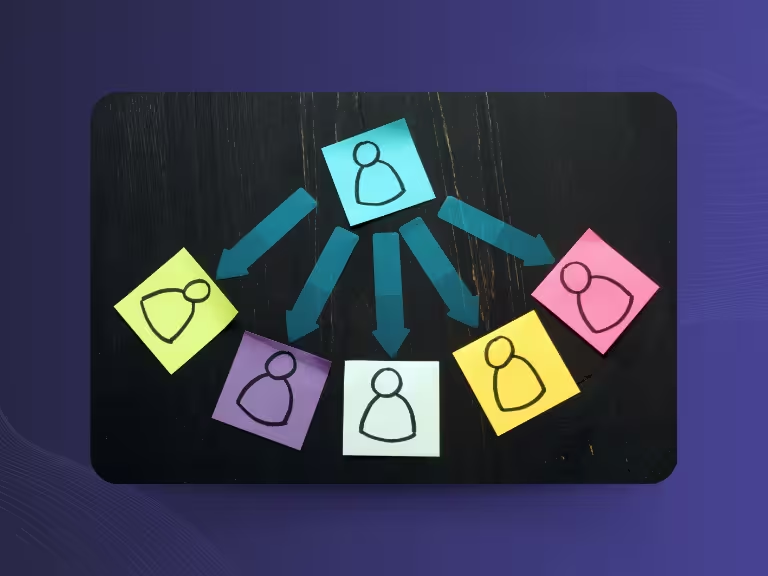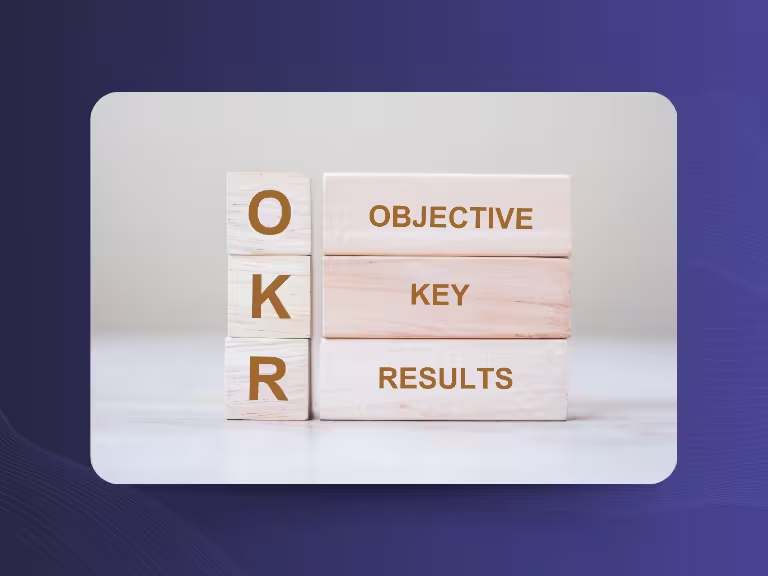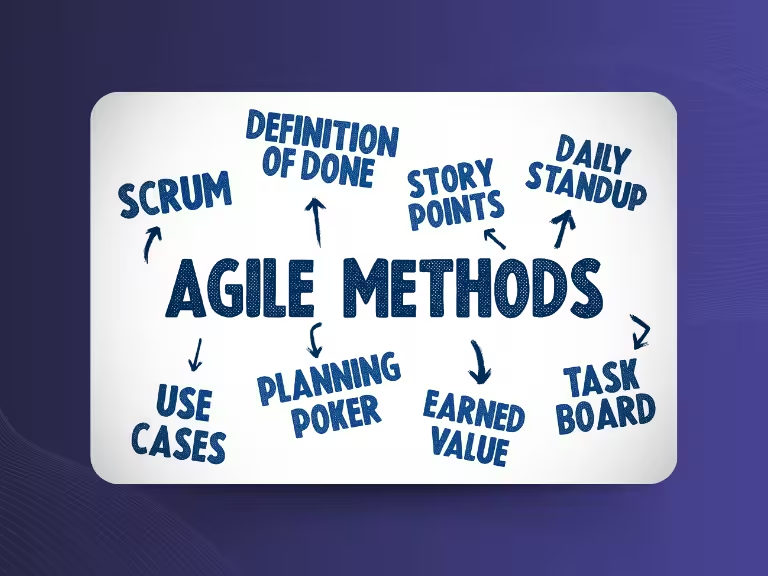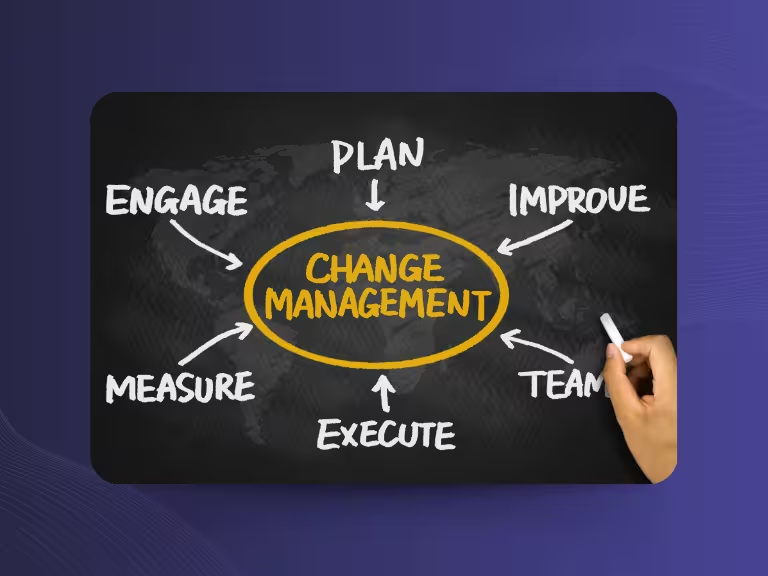Effective delegation is one of the most important skills of any leader – and simultaneously one of the most difficult. Many leaders struggle with fear of losing control, perfectionism, or lack of trust in their employees. Yet the ability to meaningfully transfer responsibility is crucial for the success of modern teams and organizations.
In an increasingly complex work environment where agility and efficiency are demanded, effective delegation becomes a strategic competitive advantage. It involves far more than simply distributing tasks – it's a comprehensive leadership process that encompasses proper communication, trust, and continuous development.
This article provides you with practical strategies and proven methods for successful delegation. You'll learn how to properly select and prioritize tasks, how to clearly transfer responsibility, and which psychological barriers you must overcome. Additionally, we'll examine modern digital tools, cultural aspects, and the long-term development of your team through strategic delegation.
Selecting and Prioritizing Tasks Correctly – The Foundation for Effective Delegation
What Can and Should Be Delegated?
The art of delegation begins with selecting the right tasks. Not all activities are equally suitable for transfer to team members. Strategic decisions, confidential personnel matters, or tasks that require your specific expertise should typically remain with you.
Ideal for delegation, however, are routine tasks that occur regularly and are clearly structured. Development tasks that teach your employees new skills are also excellently suited. Supporting activities like research, documentation, or meeting preparation also offer great potential for successful task delegation.
When deciding which tasks should be delegated, four central criteria help you: Clarity (Can the task be clearly described?), Urgency (Does the timeframe fit?), Significance (What impact does the task have?), and Development benefit (Can the team member learn and grow from it?).
Prioritizing with System – How to Keep Track
A systematic approach to prioritization helps you make the right decisions. The proven Eisenhower Principle divides tasks according to importance and urgency. Tasks in the quadrant "important but not urgent" are particularly well-suited for delegation, as they provide room for development and learning.
Develop a practical task matrix that considers the following aspects: task complexity, available competencies in the team, timeframe, and strategic significance. A simple checklist can help you with decision-making: "Does this task require my personal expertise?", "Can a team member learn from it?", "Is the task clearly definable?", and "Is there sufficient time available for guidance and feedback?"

Designing Communication and Responsibility Clearly – How to Succeed in Handover
Defining Goals, Expectations, and Framework Conditions Precisely
Success in delegation depends on clear communication. Vague instructions lead to misunderstandings, frustration, and poor results. Therefore, invest sufficient time in a structured briefing that covers all important aspects.
Define concrete goals and measurable success criteria. Instead of "Prepare the presentation," you should say: "Create a 15-minute presentation about our Q3 figures focusing on revenue development and cost savings, by Thursday 4 PM, for submission at Friday's management meeting." Add information about available resources, contact persons, and potential deadlines.
An effective briefing includes the context (Why is the task important?), the desired outcome (What should be the end result?), the framework conditions (timeframe, budget, resources), and the success criteria (How do I recognize that the task has been completed well?).
Transferring Responsibility Instead of Just Assigning Tasks
Here lies the crucial difference between superficial task distribution and true delegation: You must transfer not only the activity but also the responsibility for the result. This means that your employees are allowed and must make decisions to achieve their goals.
Empowerment is the key to motivation and independence. When people are given responsibility, they develop a stronger sense of ownership and are usually more engaged in implementation. Instead of saying "Do it the way I explained it to you," encourage your team members: "You're responsible for this result – how will you proceed?"
This type of responsibility transfer fosters trust and enables personal growth. Employees learn to think independently, solve problems, and make decisions – skills that benefit both the team and the company in the long term.

Feedback and Control Mechanisms – Learning and Management at Eye Level
Integrating Regular, Constructive Feedback
Feedback is the heart of successful delegation. Without regular feedback, problems can develop unnoticed and opportunities for improvement remain unused. Establish a feedback culture based on appreciation, constructiveness, and continuous learning.
Plan short, regular feedback sessions into your work routine. These can be weekly 15-minute conversations or spontaneous check-ins. It's important that you both acknowledge positive developments and offer constructive improvement suggestions. Ask about challenges and offer support without immediately taking control.
Effective feedback in delegation is timely, specific, and solution-oriented. Instead of "That wasn't good," say rather "The analysis was very thorough; next time we could focus the visualization even more strongly on the key messages."
Control Mechanisms That Support Rather Than Patronize
The fine line between necessary control and harmful micromanagement is one of the biggest challenges in delegation. Develop control mechanisms that create transparency and offer support without patronizing your employees.
Use tools and methods for progress monitoring that are helpful for both sides. Regular status updates, milestone conversations, or shared project boards create clarity about progress without you having to constantly inquire. Agree on fixed dates for updates and let your team members report on their progress themselves.
Trust and transparency are the basis for functioning control mechanisms. Explain why you need certain information and how it helps you support the team. This way, control develops from a necessary evil to a shared instrument for success.
Follow-up – Reflection and Adjustment
After completing delegated tasks, you should always include a reflection phase. This follow-up is crucial for continuous improvement and long-term success in delegation. Conduct structured reflection conversations where you analyze the process together.
Ask targeted questions for process optimization: "What went particularly well?", "What obstacles occurred?", "What would you do differently next time?", and "How could I better support you?" These questions help develop both your delegation competence and your team members' abilities.
Use the insights from these conversations to continuously improve your delegation processes. Create feedback loops that promote both your own development and that of your team.

Complementary Aspects for Sustainable Success in Delegation
Psychological Barriers and How Leaders Overcome Them
Many leaders struggle with internal resistance to delegation. Studies show that fear of losing control, mistrust in employees' abilities, and perfectionism are the most common psychological barriers. Recognizing and overcoming these inhibitions is crucial for effective delegation.
Self-reflection is the first step to overcoming these barriers. Ask yourself honestly: "Why is it difficult for me to give up this task?", "What's the worst that could happen?", and "How can I support my employees in succeeding?" Coaching or mentoring can help address these issues professionally.
Learn to consciously let go by keeping the benefits of successful delegation in mind: more time for strategic tasks, developed employees, and a stronger, more independent team. Start with smaller, less critical tasks and gradually increase.
Using Digital Tools to Support the Delegation Process
Modern digital tools can significantly facilitate and make the delegation process more transparent. Project management software like Asana, Trello, or Microsoft Planner offers clear advantages: transparent task distribution, automatic reminders, and easy collaboration between team members.
These tools allow you to provide tasks with clear descriptions, deadlines, and resources. Team members can document their progress themselves, and you maintain oversight without constantly having to inquire. Automated status updates reduce communication effort and create transparency for all involved.
Specialized tools like Sally can also support the delegation process by automatically documenting meetings and tracking tasks from discussions. This way, important agreements don't get lost and following up on delegated tasks becomes more efficient.

Considering Cultural Differences
In our globalized work world, it's important to understand and consider cultural differences in delegation. Cultural values significantly influence how people perceive authority, responsibility, and independence.
In individualistically oriented cultures, autonomy and personal responsibility are often more highly valued, while in collectivistic cultures, team harmony and shared decisions are more important. These differences directly affect successful delegation strategies.
Develop intercultural competence by learning about the preferences and expectations of your international team members. Adapt your delegation style accordingly: some employees need more structure and guidance, others need more freedom and personal responsibility.
Delegation as Key to Long-term Employee Development
Effective delegation is one of the most effective coaching tools available to you. By transferring responsibility, you create learning opportunities that extend far beyond the individual task. Your employees develop independence, decision-making competence, and problem-solving abilities.
View delegation as a strategic investment in your team's development. Every successfully delegated task not only brings short-term relief but also builds long-term competence and confidence in your team members. This leads to higher motivation, stronger commitment, and better performance.
Use delegation strategically for team development by offering different challenges to various employees. This way, you promote individual strengths and help build a versatile, high-performing team.
Summary
Effective delegation is far more than simply distributing tasks – it's a comprehensive leadership process that encompasses the right selection of delegatable tasks, clear communication, genuine responsibility transfer, and continuous feedback. The most important success factors are a systematic approach to task selection, transparent goal definition, and the courage to transfer not only activities but also responsibility.
Modern leaders must additionally overcome psychological barriers, use digital tools meaningfully, and consider cultural differences. Delegation thus develops from an operational necessity to a strategic instrument for team development and long-term success.
The practical benefit is clear: effective delegation leads to more efficiency, higher team motivation, and sustainable scaling of your leadership work. Start with a systematic approach, use modern tools for support, and view every delegated task as an opportunity for development and growth – both for your team and for yourself.

Test Meeting Transcription now!
We'll help you set everything up - just contact us via the form.
Test NowOr: Arrange a Demo Appointment




